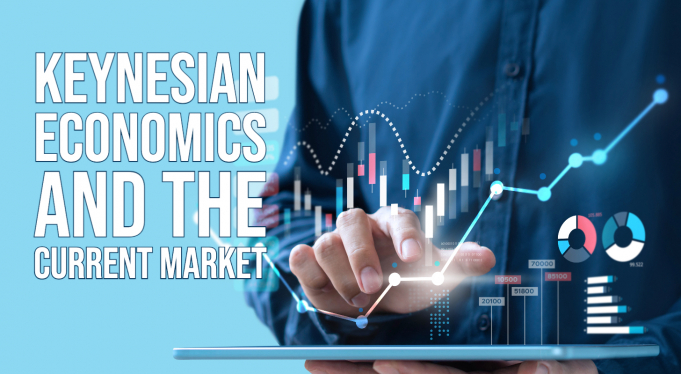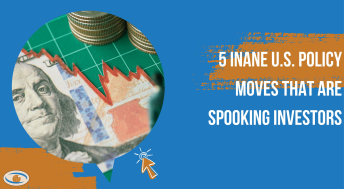What is Keynesian Economics and When Did it Become Popularized?
When we think of the current economic structure and principles that we use today, most of them are using Keynesian economics. Prior to 1946, Classical economic theory dominated the principles followed by market participants, and it wasn’t until the Great Depression in 1929 that political leaders sought out new theories to assist the economy's recovery.
Classical theory was rooted in the idea of supply, and more specifically that following a recession the economy would balance itself out, as businesses would continue to create goods and those goods would be bought by individuals. When the Great Depression hit in 1929, it lasted for 10 years, and it was devastating to the US stock market, GDP, and employment. Demand for goods was so low that economists were unsure of how to rebuild the economy since traditional theories relied on demand being readily available to soak up excess supply. John Maynard Keynes developed the Keynesian economic model, which was rooted in the idea of aggregate demand. Keynes proposed that in times of economic recession, the government should begin spending money on infrastructure, tax cuts, and other forms of spending to force demand in the economy and restore a balance between supply and demand. This is what brought the world out of the Great Depression in roughly 1939 – the government began increasing expenditures and introducing programs that would bring back full employment.
Below is a graph of the Dow Jones Industrial Index and US real GDP between 1929 and 1955. We can see the precipitous fall beginning in 1929, and the eventual rebound and full recovery around 1939 and on.
Why Does the Keynesian Model Work and How Is It Used Today?
When demand for goods and services fall, unemployment rises, individuals have less spending power to purchase goods, businesses produce fewer goods in response to reduced demand, and thus the cycle self-perpetuates. This is what happened in the Great Depression and the overwhelming sense of fear and gloom became exacerbated and led to even more fear and gloom. The economic model that North America has largely used since the Great Depression ended in 1939 is applying Keynesian economics, and that is why when economic hardship arises, the government and central bank cut taxes, increase infrastructure expenditures, and buy bonds (printing of money).
Over the past ~18 years we can see how these principles have been put into effect during recessionary periods. When times of economic distress occur and demand for goods and services falls, the unemployment rate rises as businesses have less demand to service. When the unemployment rate rises, central banks buy bonds as a form of creating demand for assets. In the chart below we can see the interaction between the US unemployment rate rising in recessionary periods. The US Federal Reserve begins to purchase assets, and as the unemployment rate falls to normalized levels, asset purchases are tapered off.
Final Remarks
The concept of government intervention during economic recessions is only roughly 76 years old, but over the years it has proven to lift economies out of tough economic times. We have seen the positive effects of government and central bank intervention of the past several decades as recessions have come and gone, and the recent significant rebound in North American GDP and employment are evidence of this. Economics is a growing field of study and new discoveries continue to emerge, and it will be interesting to see what new theories and practices will develop in future years.






Comments
Login to post a comment.